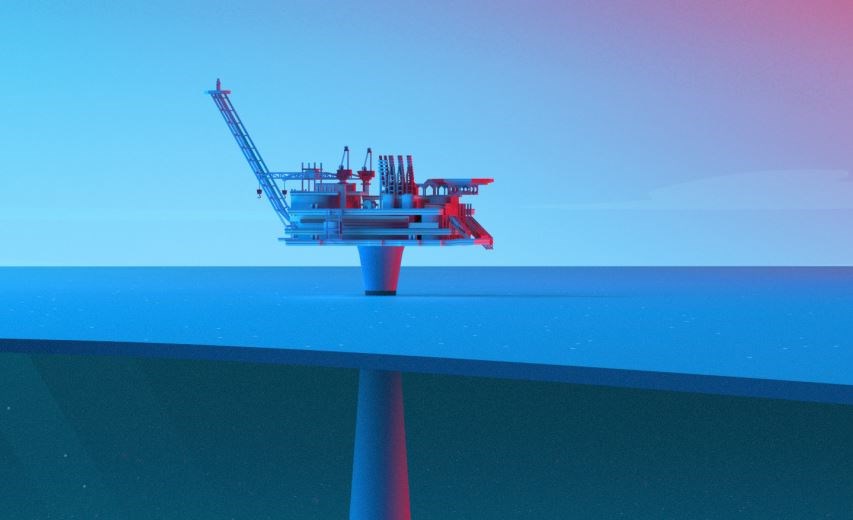The Draugen drill will take place from 21 to 23 March 2023. The exercise is based on an imaginary scenario in connection with the drilling of an exploration well in the Draugen field, north of Stad. Personnel will practice their oil spill response in the areas from Haltenbanken west of Trondheim to the north of Vesterålen.
Jump to content:
- Why are we organizing the Draugen drill?
- Where will the drill take place?
- Field: Draugen
- Who’s taking part?
- Timeline
- Distribution of roles
- What type of equipment is being tested?
- Contact information
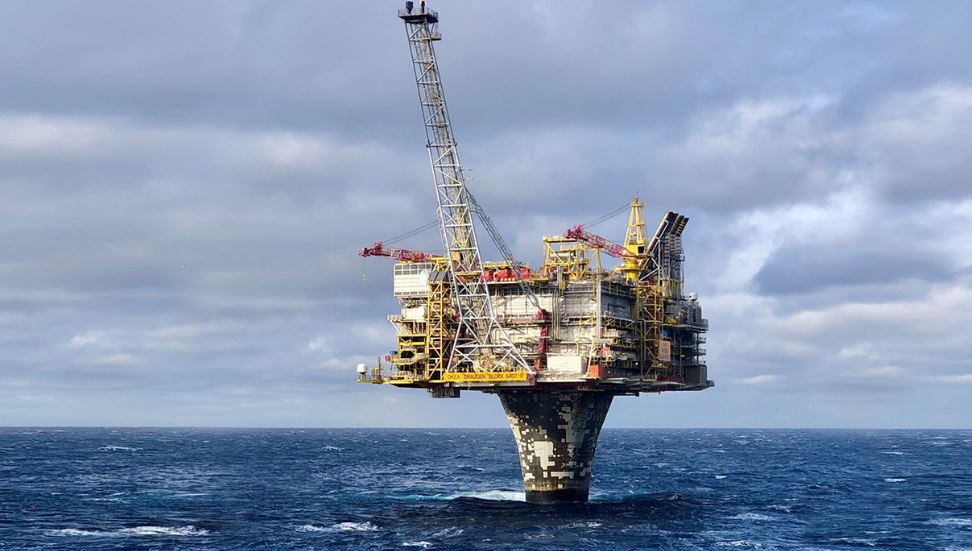
Why are we organizing the Draugen drill?
Although no oil from activities on the Norwegian continental shelf has ever made landfall, NOFO’s task is to ensure that all the parties involved know what they have to do should this happen in the future. It is important that tools, expertise, and communications have all been tested and drilled. We practice so as to be prepared.
This is a full-scale exercise that will encompass all levels of command in an oil spill response operation, resources in the field as well as NOFO, OKEA, and OFFB’s leadership in prolonged incidents
OKEA and OFFB important players
NOFO, OKEA, and OFFB are conducting the drill as a joint exercise, with the shared objective of practicing teamwork and communication within and between preparedness levels for dealing with a prolonged incident.
The scenario for the drill is an imaginary incident with a prolonged and even flow of oil. The drill starts one week into the incident, in phase 3, and hence does not cover the first hectic hours of notification routines, etc.
During the exercise, the simulated oil (in the form of popcorn) will drift northwards with the coastal current, threatening to make landfall in the area around Ofoten, Sør-Troms, Lofoten, Vesterålen, Salten, and Rana. Oil from the Draugen field would not make landfall in these areas, but it is important that the IUAs in the respective areas have a chance to practice their oil spill response, which is why these areas are being incorporated.
Where will the drill take place?
The Draugen drill is based on incidents in the Draugen field, where the operator is OKEA, and Petoro AS and M Vest Energy are licensed partners.
Draugen is an oil field with associated gas in the southern part of the Norwegian Sea. It was discovered in 1984 by Shell, and the plan for development and operation (PDO) was approved in 1988. Draugen was the first oil field to go into production north of Stad and was taken over by OKEA in 2018.
The platform stands in a water depth of approx. 250 meters, on top of a concrete shaft. The oil produced is stored in seven GBS cells in the base of the concrete shaft.
Draugen is located on Haltenbanken, a recognized fishing ground in the Norwegian Sea off the northern part of Trøndelag, roughly due west of Folda, around 50 nautical miles from land. Among other things, Haltenbanken is known for its abundant saithe fishery.
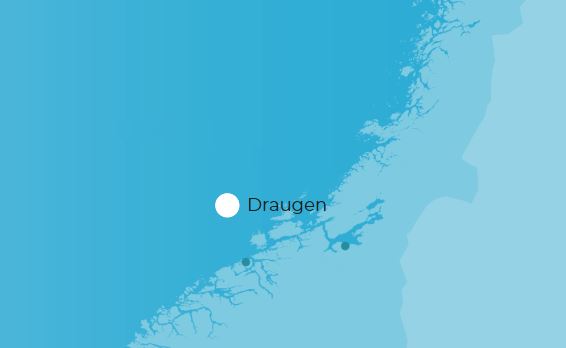
Field: Draugen
- Platform: Draugen
- Location: The Draugen field is located on Haltenbanken in the southern part of the Norwegian Sea. The field is approx. 150 km north of Kristiansund.
- Position: 64 ° 21' 11.4" N, 007 ° 46' 52.2" E
- Depth: 250 metres
- Oil type: Crude oil
Who’s taking part?
All stages in an oil spill response operation will be training. This means everything from operating companies and NOFO to IUAs and NOFO’s reserve fleet of oil spill response vessels, as well as a number of high-tech tools and services.
A total of 12 vessels, almost 800 individuals, and multi-rotor drones, aircraft, and AIS buoys will be involved.
Ensuring the drill encompasses all five barriers in the oil spill response strategy is also important.
Read more about barriers here
Timeline:
- January 2023: All input for the drill’s script to be completed. OKEA and OFFB conduct ICS courses and training.
- 1-2 February 2023: Planning conference #3 in Bodø. Goal no. 1 is to quality-assure all the scheduled drill activities and key drill documentation, including drill instructions, evaluation plan, script, HSE plan, logistics plan, and communications plan. Goal no. 2 is to establish a shared understanding of the necessary preparations that remain to be done, execution of the drill, and organization of the drill, as well as follow-up afterward.
- February: Tabletop for OKEA’s oil spill preparedness organization and participating members (tentative).
- 28 February: The script for the drill is approved.
- 10 March: Tabletop on oil spill response and incident command team for OKEA/OFFB.
- 20-24 March: Practical execution of Draugen Drill.
- 20 March: Day 0, the establishment of incident command system, 12.30-18.00
- 21 March: Day 1, 08.00-20.00
- 22 March: Day 2, 08.00-20.00
- 23 March: Day 3, 08.00-15.30
- 24 March: Day 4, evaluation on Teams, 09.00-12.00
- 26-27 April: Evaluation conference.
- 23 June: Report on the drill.
800 participants to increase safety along the coast
A number of public- and private-sector players are taking part in the drill.
They include:
- OKEA
- OFFB
- NOFO’s member organisations
- The Norwegian Coastal Administration
- IUA Lofoten and Vesterålen
- IUA Sør-Troms
- IUA Ofoten
- IUA Salten
- IUA Rana
- Environmental team
- The Norwegian Oil and Gas Association
- The County Governor’s Department of Environmental Affairs
- Subcontractors
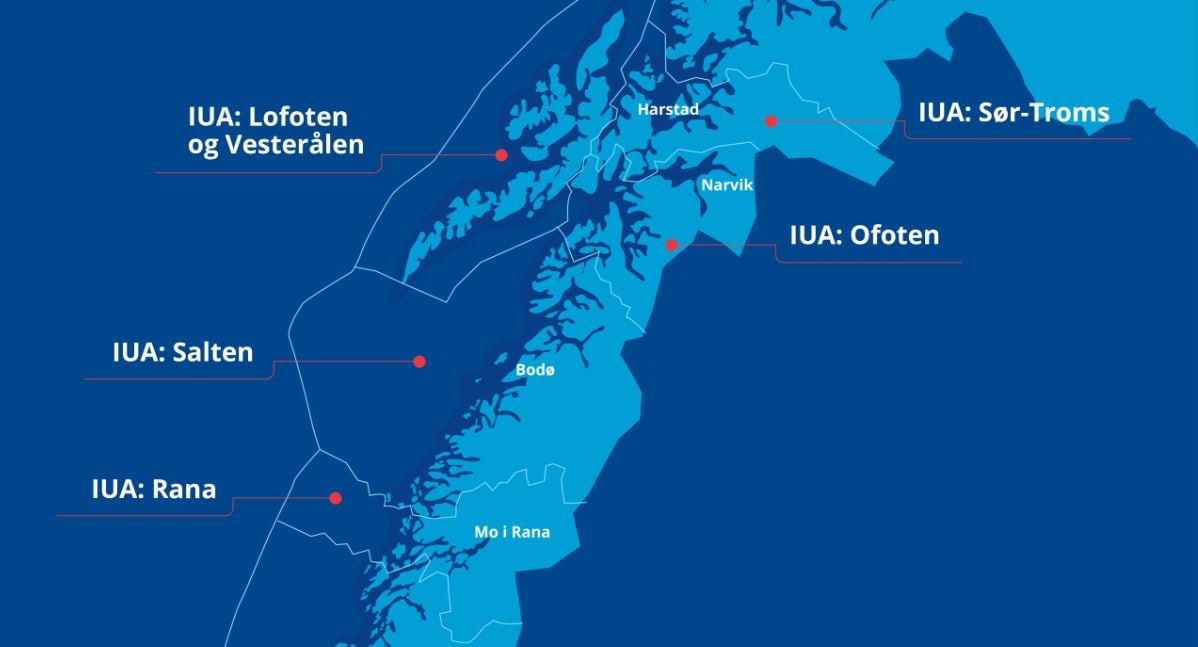
Five regions taking part in the drill
Norway’s Inter-Municipal Committees against Acute Pollution (IUA) form a national oil spill preparedness network to tackle acute pollution at sea and on land. Members from five IUAs will be drilled in preparedness, equipment handling, and oil clean-up during the Draugen exercise. The IUAs involved are Lofoten and Vesterålen, Sør-Troms, Ofoten, Salten, and IUA Rana.
Each IUA has individual practice targets for the drill and, although oil from the Norwegian continental shelf would not have reached all these regions in a genuine incident, all five of the IUAs taking part want to practice with a simulated landfall.
How are roles distributed during the drill?
Abbreviations and designations are not always easy for outsiders to understand. Here’s a little checklist:
- Incident commander (AKL): OKEA/OFFB
- Operations management (OPL): NOFO
- NOFO’s specialist team: NOFO’s resource group also supports the IUAs. Has special expertise in advising team leaders, spill site managers, and IUA staff. Normally in barriers 4 and 5.
- IGK, emergency response task force coast: Nearly 70 fishing and working vessels are enrolled in a permanent oil spill preparedness organization. The main task of fishing vessels is to tug equipment that collects, picks up, and stores oil, as well as being able to be used to transport equipment. Mainly in barrier 3.
- IGSA, emergency response team shoreline: IGSA is intended to tackle acute oil slicks on the shoreline in the event of oil spills from activities on the Norwegian continental shelf. IGSA has undergone specialist training including team leadership, participates in annual drills, and is ready for deployment with an initial participation of 10 days. This response team is primarily found in barriers 4 and 5.
- IUA, Inter-Municipal Committee against Acute Pollution: Norway’s network of municipal oil spill preparedness teams to tackle acute pollution at sea and on land. There are a total of 34 IUAs in Norway. NOFO has agreements in place with the IUAs in the areas along the coast that may be affected by acute pollution from the oil industry. IUAs operate in barriers 4 and 5.
- ILS, task force leader offshore: The link between OPL and oil spill response resources in the field. Aboard OR vessel in B1 and B2.
- ILK, task force leader coast: Leads the shoreline oil spill response operation from IGK vessel in barrier 3.
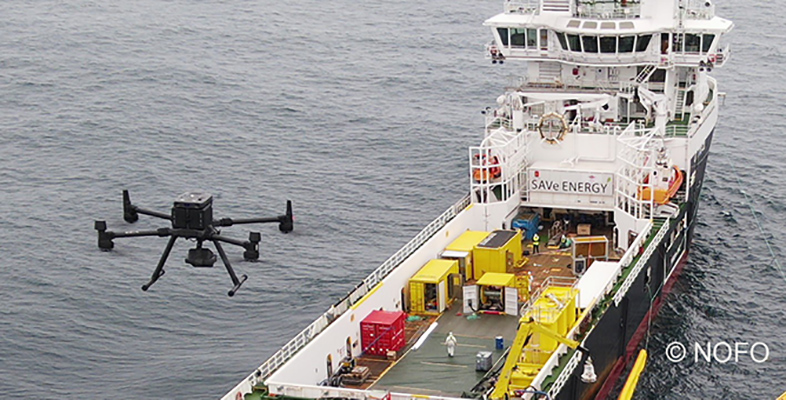
What type of equipment is being tested?
The equipment that will be tested and that many of the participants will have the chance to try out during the drill includes:
- Satellite surveillance for monitoring and detection
- MBR (mobile broadband)
- Drones for aerial surveillance
- Booms for collecting simulated oil spill (popcorn)
- Skimmers
- Surveillance aircraft
- MOS sweeper
- ...and more
Teamwork across the organizations
The teams at all three of the organizations behind the exercise are well prepared for one of the biggest-ever oil spill response drills.
| “OKEA takes seriously its responsibilities in connection with all aspects of our operations on the Norwegian continental shelf and makes every effort to protect people, the environment, and plants. For us, this type of drill is a massive boost for the entire organization, giving us the chance to test our oil spill preparedness set-up from the strategic and tactical level to the sharp end by completing practical tasks.” - Svein J. Liknes, CEO OKEA |
 |
|
 |
“The Draugen drill is the result of several years’ efforts to develop a shared approach to how the operating companies on the Norwegian shelf, NOFO, and OFFB, together with cooperating parties within the offshore industry and the public sector, are to handle a major oil spill response operation. We look forward to testing this cooperation in real-time.” - Ole Jacob Haug, daglig leder OFFB |
|
| “Drills are really important for an oil spill preparedness organization like NOFO, enabling us to get as close to an incident as possible without it being real. We’re always interested in practicing our response with our member organizations. OFFB, another oil spill preparedness organization, will also be taking part this time. This gives all three organizations a unique opportunity to practice working together, learning from one another, and taking away shared learnings. I wish everyone involved every success with the drill – it’s going to be great!” - Alv B. Solheim, Administrerende direktør NOFO |
 |
Why popcorn?
Almost 40 cubic meters of unsalted popcorn will be used during the Draugen exercise – equivalent to around six lorryloads. The popcorn is intended to simulate oil on the sea and has several benefits. Firstly, it is highly visible, making it easy to see areas where there are “popcorn slicks”. Secondly, it is organic waste that can be eaten by both birds and fish.
The popcorn will be used in barriers 2, 3, 4, and 5. In other words, popcorn will make landfall during the drill. This will give several of the IUAs chance to test their knowledge and methods for clearing up the shoreline.
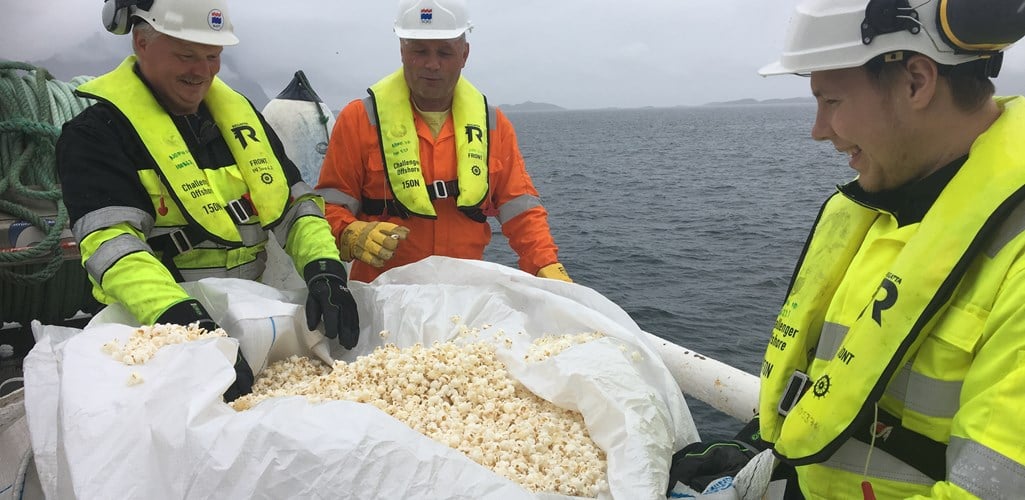
Why is the drill starting in phase 3?
NOFO carries out around 140 drills and verifications every year, everything from tabletops to large, full-scale drills. In the course of a year, we do a lot of practice in phase 2, i.e. notification and mobilization. The Draugen drill is starting straight in phase 3, one week after the incident. The oil has been lying on the water for a few days and is drifting towards land.
CONTACT
Veronica Halvorsen, NOFO
vh@nofo.no
+47 47 17 09 06
Jon Are Nilsen, OKEA
jon.nilsen@okea.no
+47 95 82 97 85
Alf Inge Molde, OFFB
alf.inge.molde@offb.no
+47 47 75 61 05
